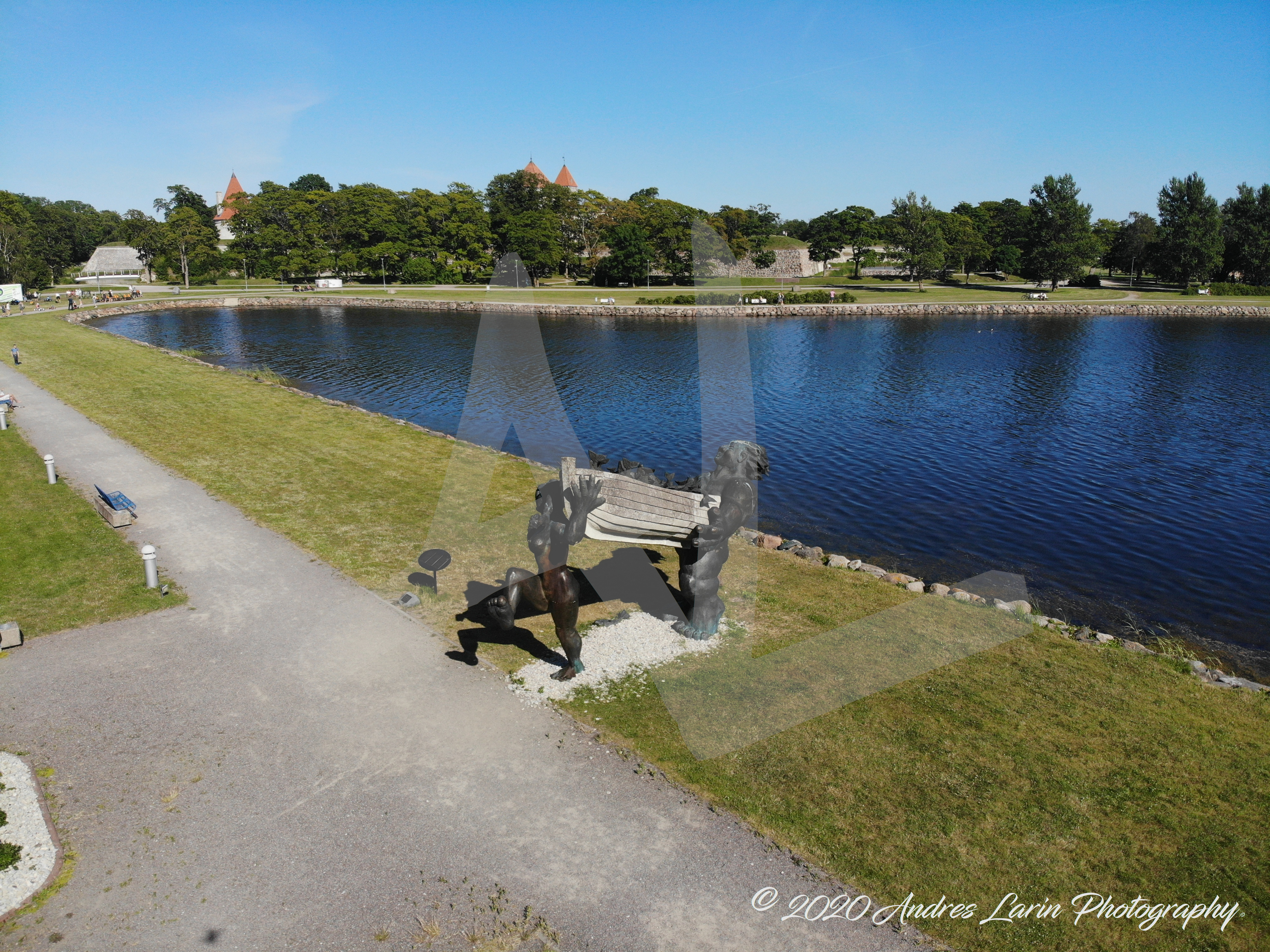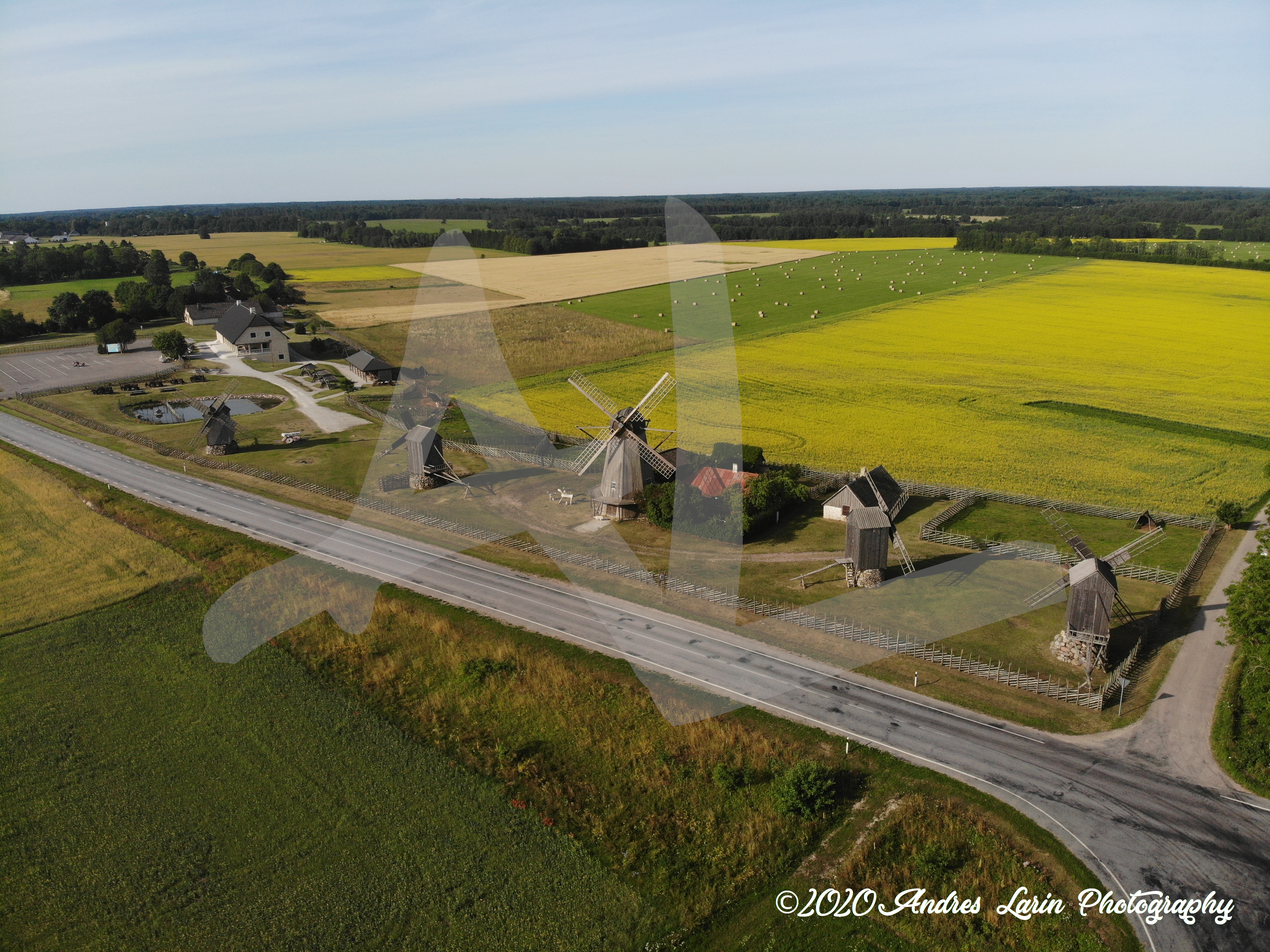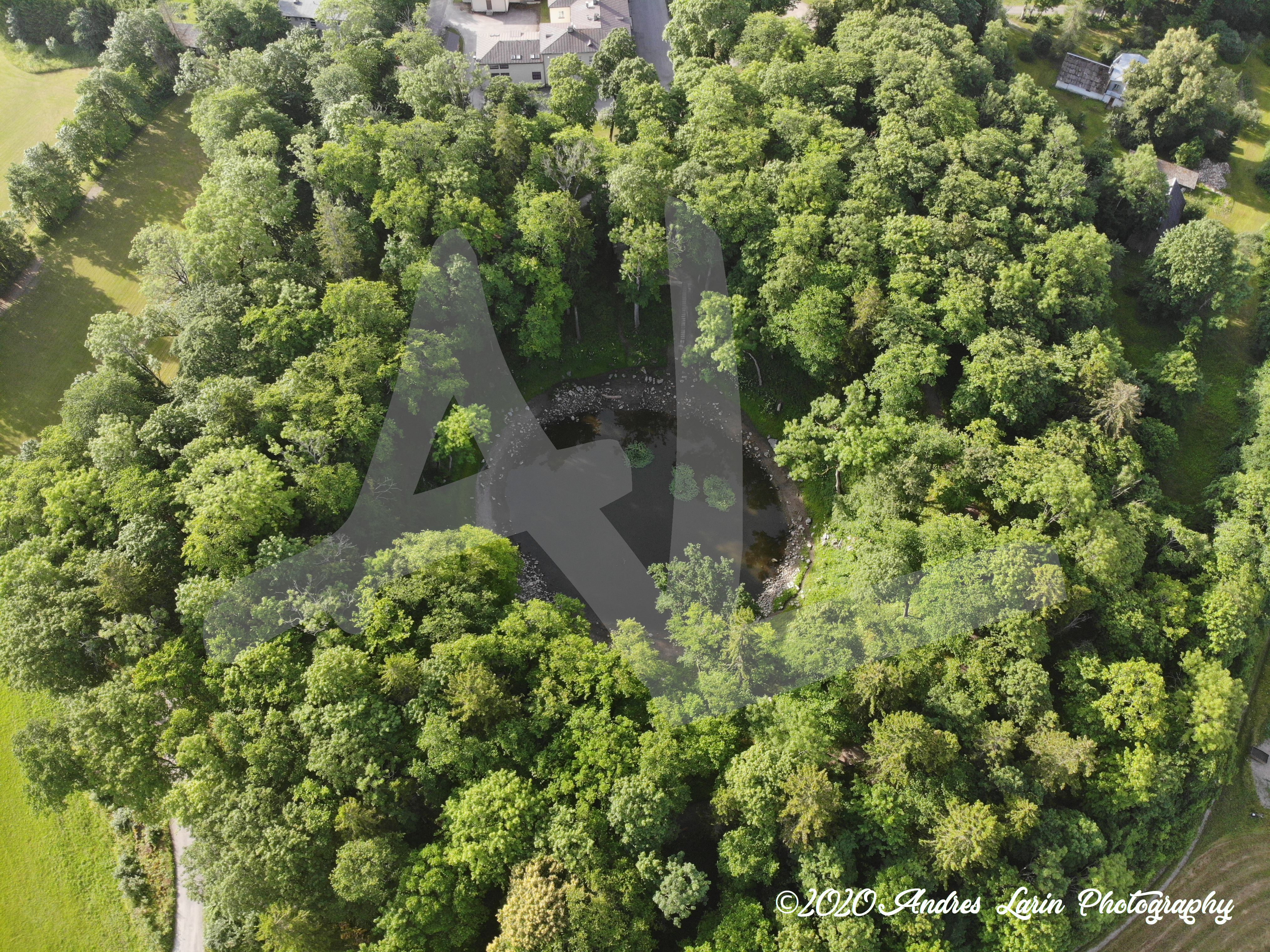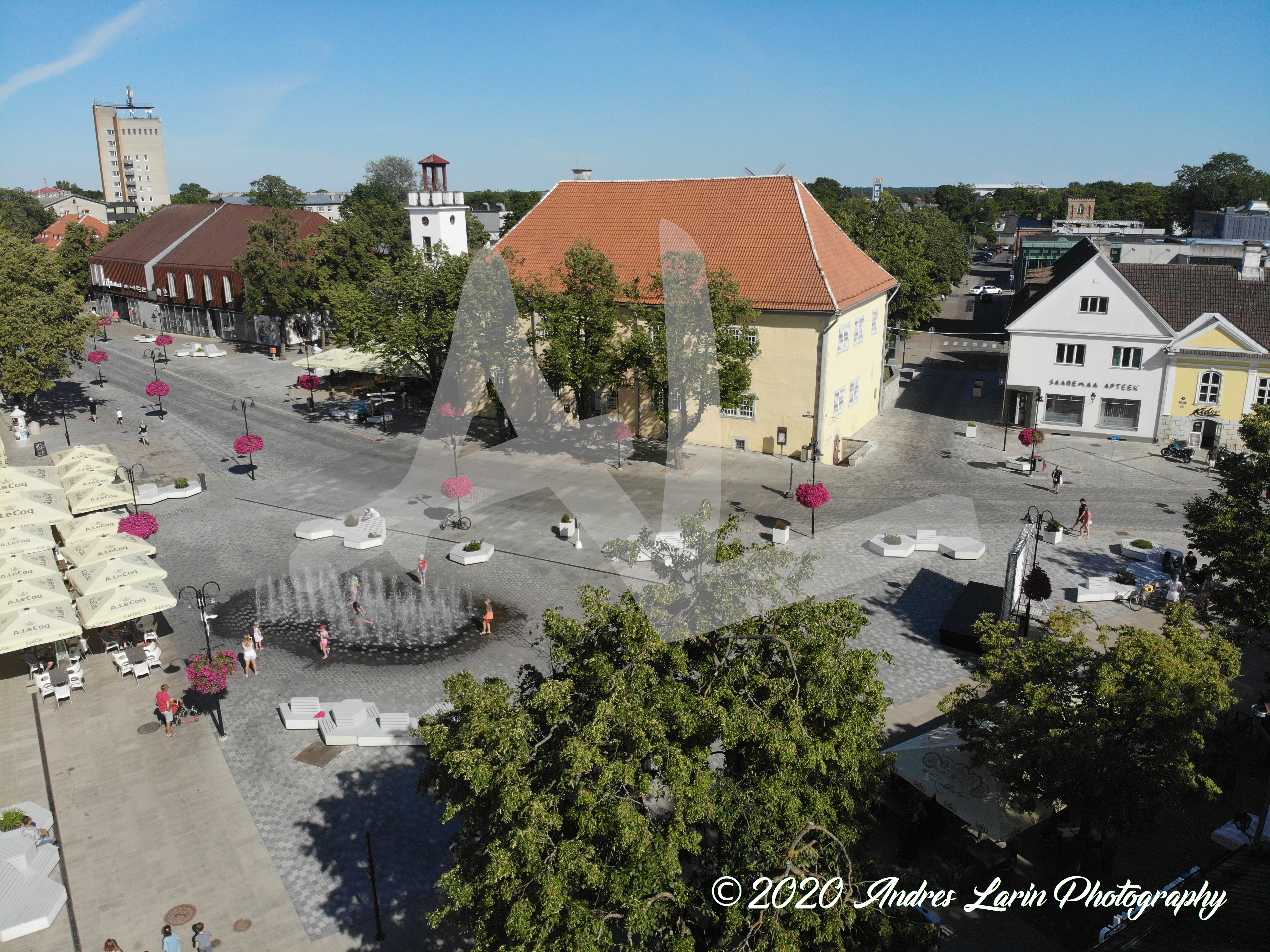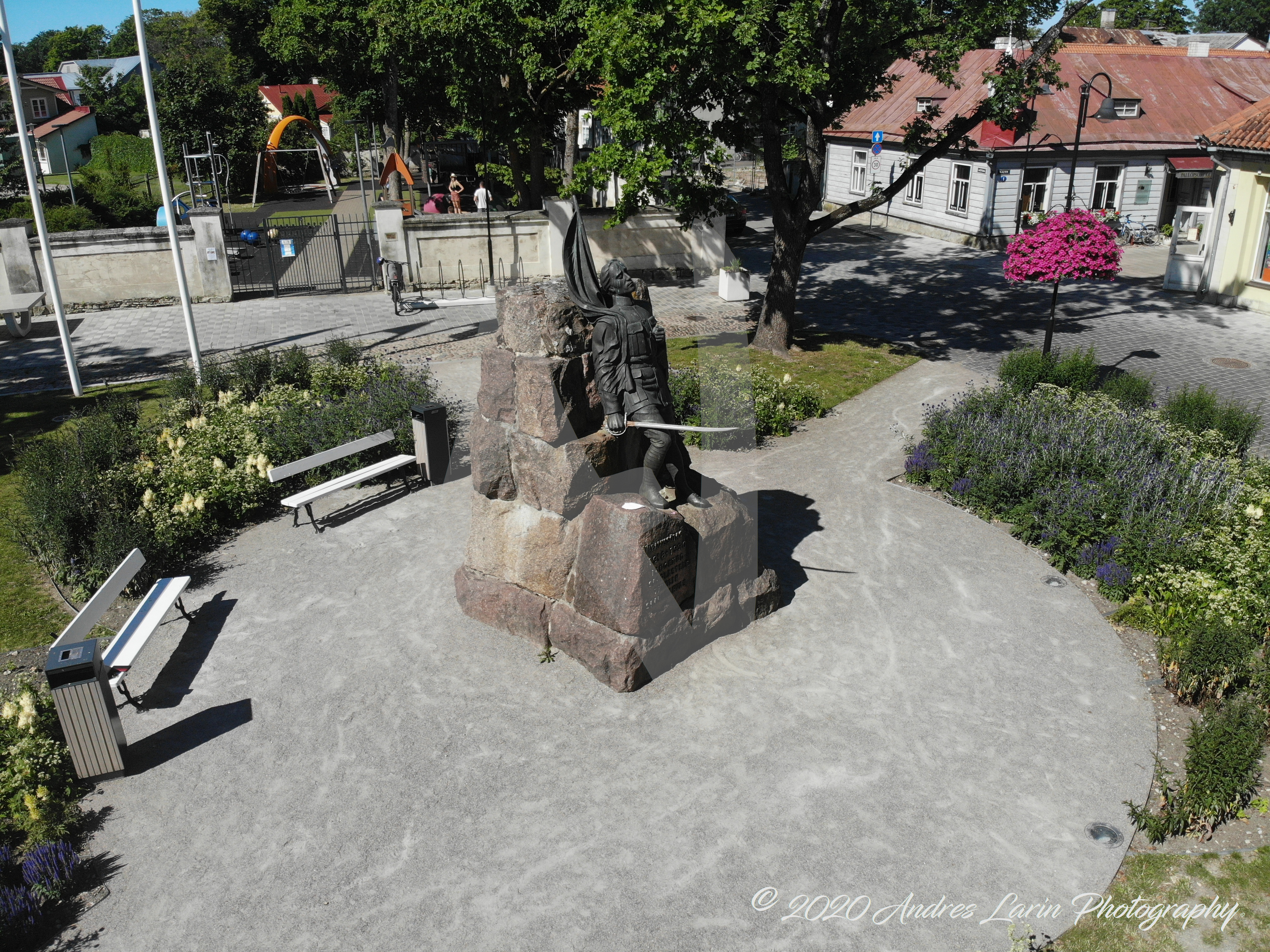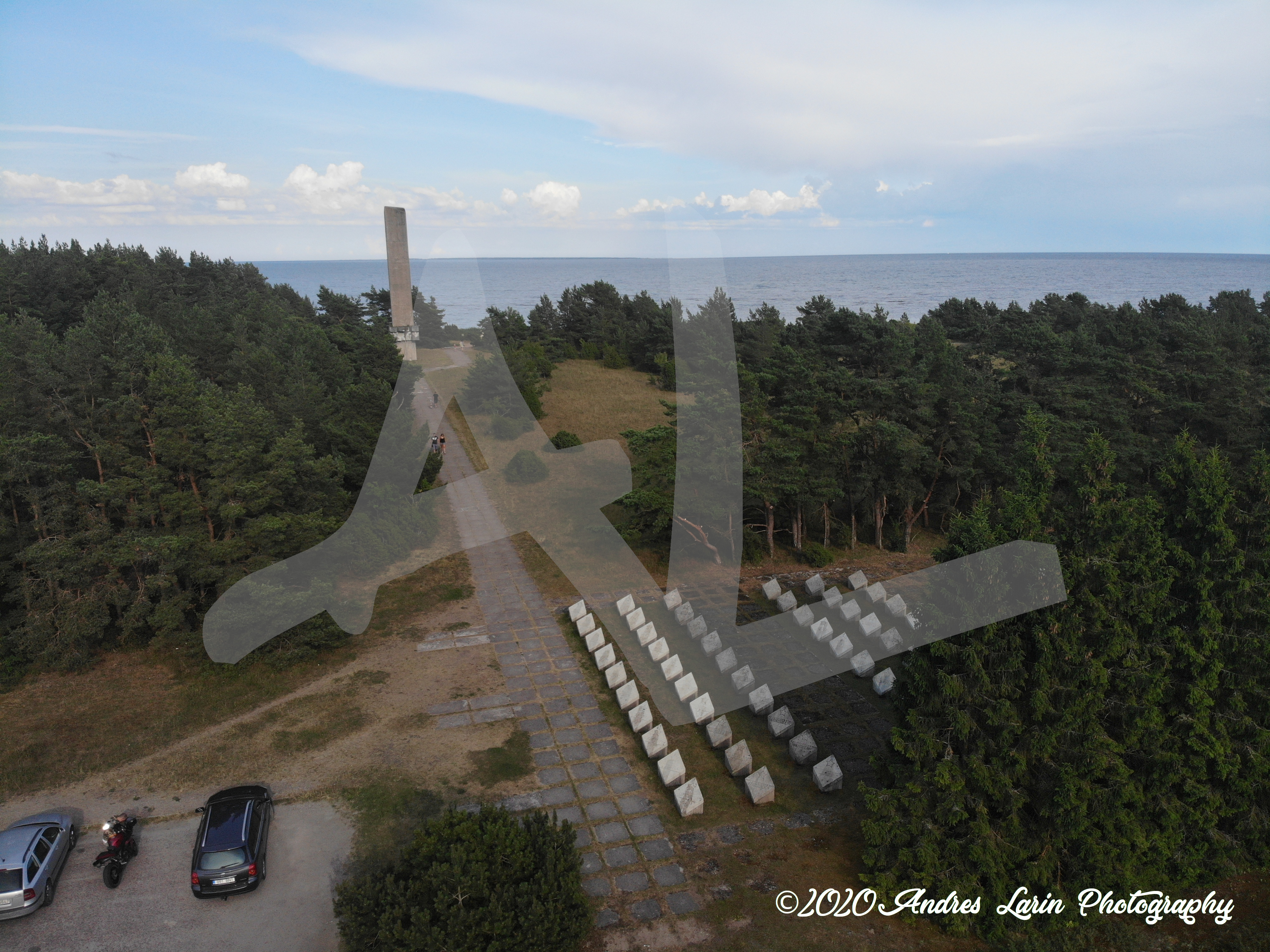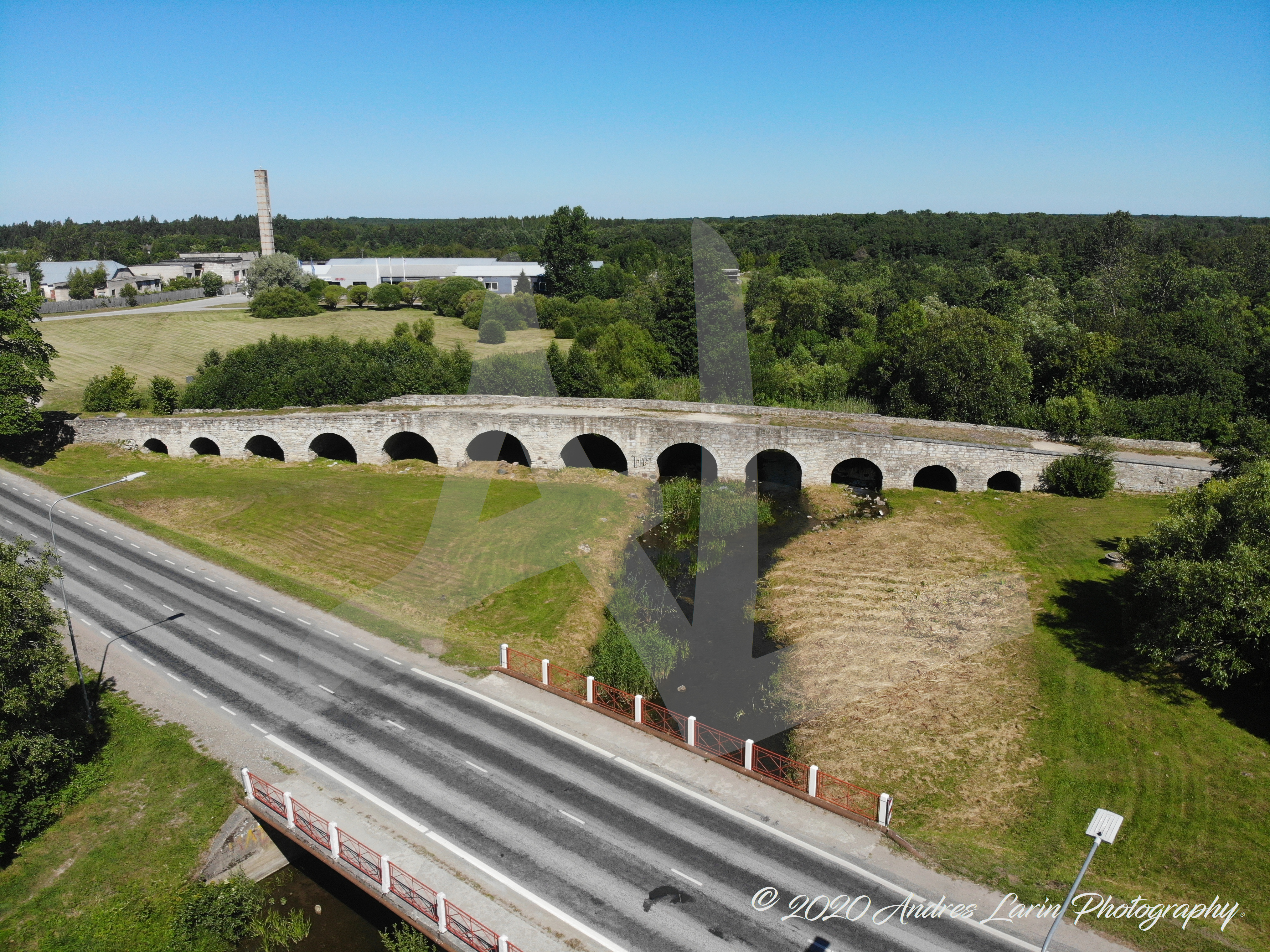1. Kuressaare Episcopal Castle
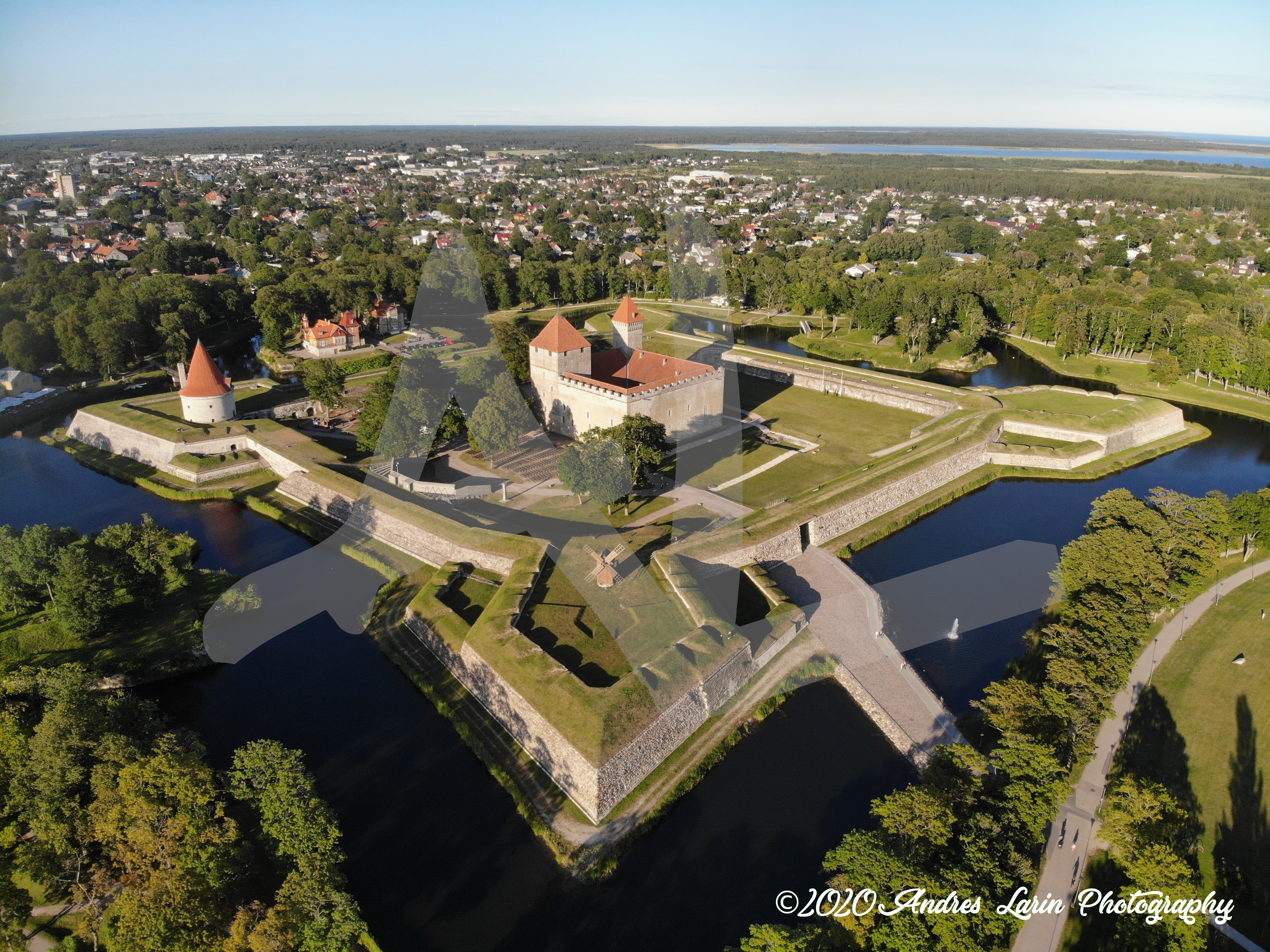
Kuressaare Episcopal Castle, also known as Kuressaare Castle, is one of the most interesting and best preserved fortresses in Estonia. The castle has become one of the most remarkable buildings in Northern Europe built during the 14th–19th century.
2. Suur Tõll and Piret
The sculpture, situated in front of the SPA Hotel Meri was created in 2002 by a renowned Estonian sculptor Tauno Kangro. The sculpture depicts Suur Tõll (the Great Tõll), a mythical hero of the island Saaremaa, and his wife Piret. According to the Legend, Sõrve peninsula was important to Tõll, as from there he reached the shortest way to the island Ruhnu, where he had his cabbage field. When his wife Piret started to make a fire under the cauldron, then Tõll went through the sea to his cabbage field and came back in half an hour, so that he could hand Piret the cabbages when the water had just started to boil.
3. Angla Windmill Park
The only windmill hill in Saaremaa that has preserved its appearance awaits you in Angla. Four of the five Angla windmills are typical trestle windmills characteristic of the island of Saaremaa. They were built at the beginning of the last century.
The Dutch-style windmill was built in 1927.
Here, you can get acquainted with historical agricultural machines and during the summer season, with several farm animals and birds. There is a museum introducing local folk culture, a café, a souvenir shop, and a party hall. You can also participate in different workshops upon reservation.
The windmills were last restored in 2009–2011. Both the Dutch windmill and the trestle windmill are open. You can also have a picnic here.
4. Kaali Meteorite Crater
The approximate time of Kaali meteorite fall is 7500-7600 years ago. Meteorite fall caused big damages on already inhabited Saaremaa, it could be compared to explosion of atomic bomb. At the height of 5-10 km meteorite fell apart and came down to the ground in pieces the biggest of which created a big crater with diameter of 110 m and depth of 22 m and 8 smaller craters.
Around the beginning of the Common Era, a massive stone wall was built around the Lake Kaali. The many findings of the bones of domestic animals give a reason to believe that it used to be a sacrificial site.
Among the world's giant craters Kaali crater is on 8th place. Kaali field of meteorite craters on Saaremaa is the rarest nature wonder in Estonia, being at the same time the most spectacular in Eurasia.
5. Saaremaa Windmill Restaurant
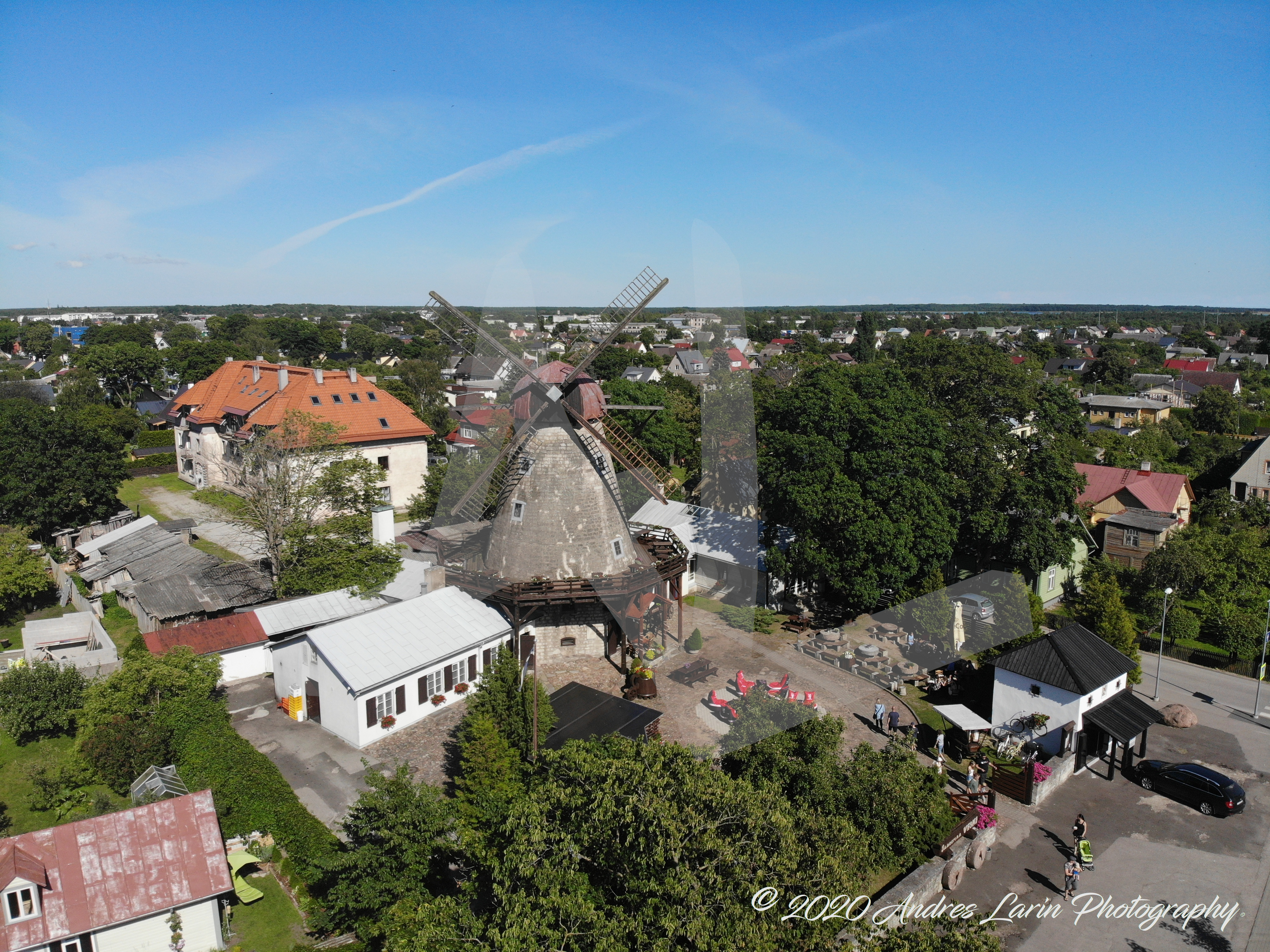
A restaurant of local flavours, located in a unique windmill in Kuressaare (from 1899). Oldest working restaurant in Kuressaare.
The menu has different wild game meat, smoked fish, house drinks made from local berries, house wine made from local apples, and the Veski beer. In summer, you can eat in the garden, on the terrace, or on the balcony.
There are events for both adults and children – performers from Estonia and abroad, special dinners, cooking lessons for children, etc. Order a house tour or a tasting of the island's beers or drinks.
Veski is selected as one of White Guide's TOP100 Estonian Restaurants.
6. Sõrve Lighthouse
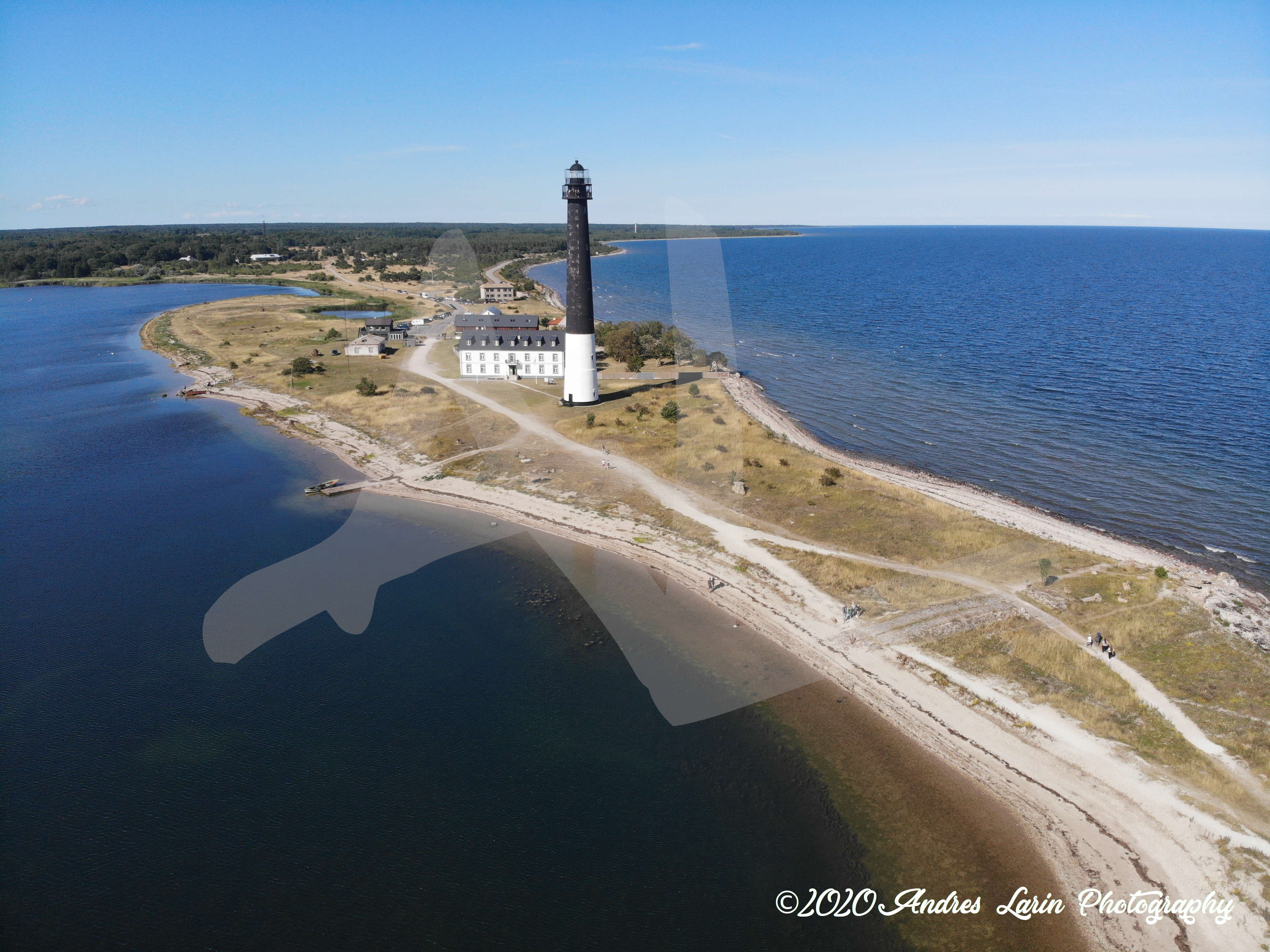
In 1646, the Livonian governor general Gabriel Oxenstierna had a primitive lighthouse – a beacon – built on a little island located at the tip of Sõrve Peninsula. Autumn storms showed that the small island selected for the beacon was unsuitable and the beacon was relocated to the tip of Sõrve Peninsula. A stone tower was established there in 1770, but it was destroyed in the Second World War. The present cone-shaped lighthouse of monolithic concrete was built in 1960.
In the summer, you can also climb to the top of the highest lighthouse of the Baltic Sea.
The height of Sõrve Lighthouse from its foot is 52 metres and it is 53 metres above sea level.
7. Main Square Kuressaare
8. Monument For the Inhabitants of Saaremaa Who Have Lost Their Lives in the War of Independence
Monument was erected to commemorate those who lost their lives in the War of Independence (1918-1920). The author of the monument is Amandus Adamson, a well-known sculptor in Estonia whose best known work is the Russalka (mermaid) monument in Tallinn. The construction of the monument began in Italy in 1927. The monument was opened in 1928. Later 2 bronze plates were added to the monument containing the names of the inhabitants of Saaremaa who were wounded or have died in the war.
This figure is not the original. The original was tossed into the sea by Soviet troops and was never found. A local sculptor from Saaremaa recreated it.
9. Monument to the Night Battle of Tehumardi
The Night Battle of Tehumardi took place in the late hours of 8 October 1944, and it was one of the bloodiest battles of World War II that took place in Saaremaa. The battle was fought between Soviet troops making their way towards Sõrve peninsula and a German convoy that was retreating from Kuressaare. Occasionally, the bloody battle turned into hand combat; both sides suffered heavy losses.
10. St. Nicholas Church
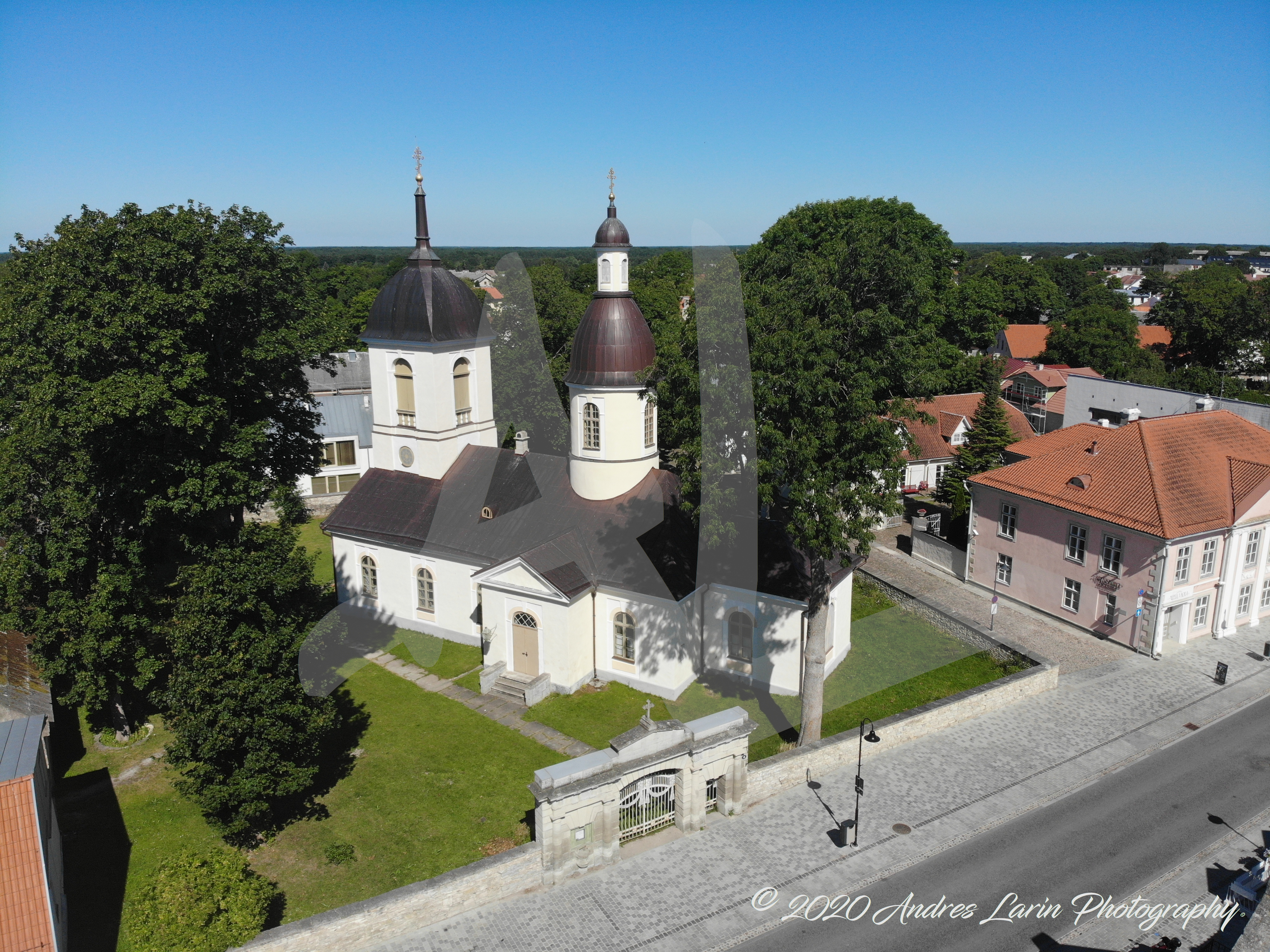
The church together with the gates from dolomite and surrounding wall is under protection as architectural memory. The church built in 1790 is three-naved in low-key late classicistic style. Interesting is built at the same time three-part gate. On each side of its main entrance wall surface hang two half-columns with Doric serifs.
Church was built by order of Catherine the II. Since the congregation was established there were 30 priests.
11. City Hall Kuressaare
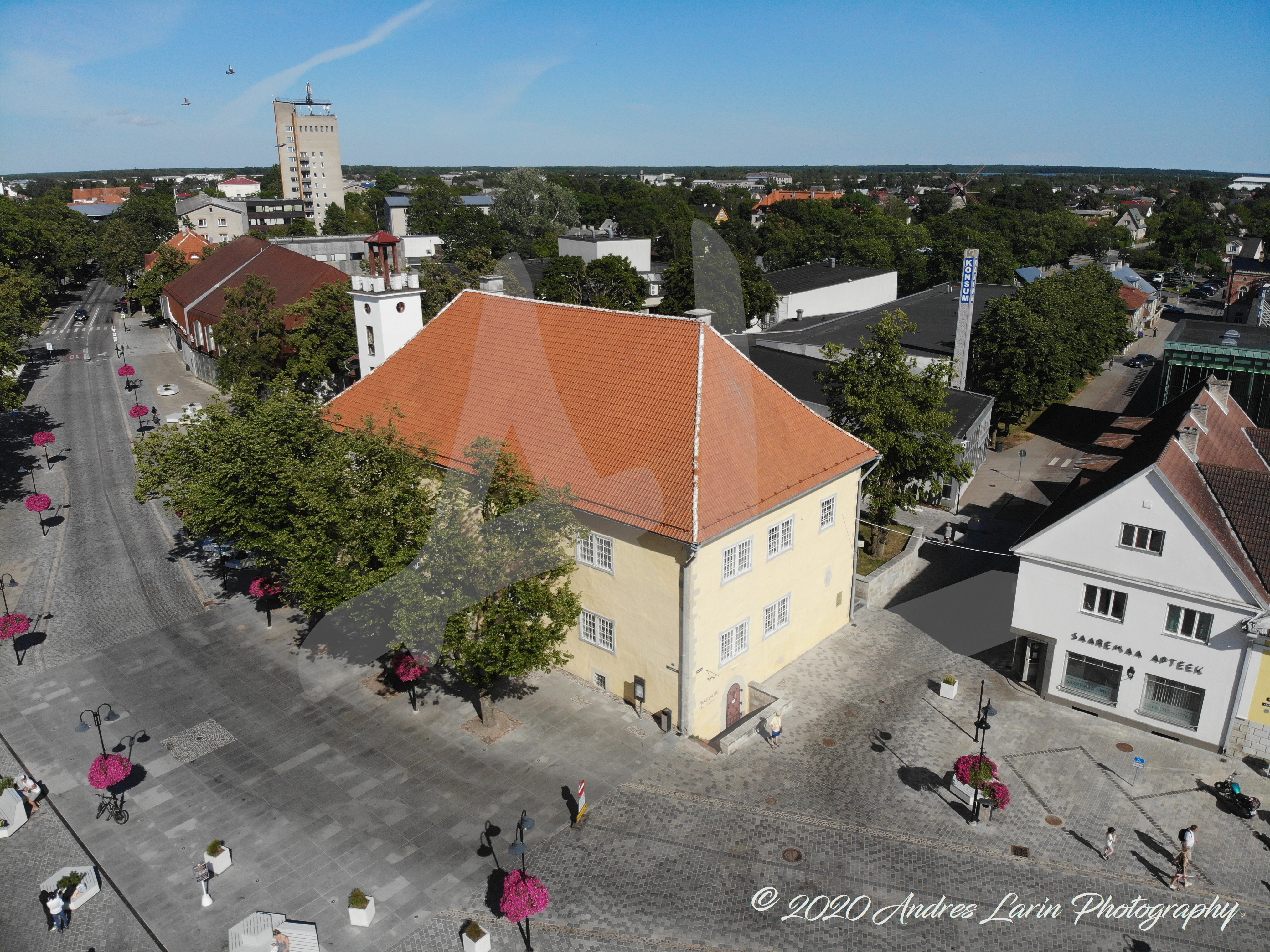
Kuressaare town hall was built in 1654-1670. The initiator of town hall building was count M. G. De la Gardie. Town hall is simple and dour but appears to be grand representative of so called northern baroque the decoration of which is hewed portal that dates 1670. On top of the portal on the cornice You can see the writing in Latin: SEMPER OFFICIO FUNGITUR UTILITATI HOMINUM CONSULENS ET SOCIETATI ANNO MDCLXX Interesting to know: The ceiling of town hall second floor hall is decorated the biggest ceiling painting of Estonia of all times. On the first floor of town hall there are town hall gallery and tourist information office, on the second floor - Kuressaare City Council
12. St. Laurence Church

One-naved classicistic Kuressaare St. Laurence Church was established at the current location in 17th century. Individuality to the church is given by decorative details from dolomite. The pulpit and altar wall of the church are hewed from dolomite, all along the building is surrounded by columnar balcony. In the church You can see the first Sauer instrument of Estonia, the only organ of Kuressaare city.
Unique baptismal stone comes from crushed in 1944 Anseküla medieval church; Altar painting „Kolgata” author is Carl Siegismund Walther; The Empire style pin broach is inspired by St. Petersburg buildings.
13. Suuresilla Old Bridge
Pictures © 2020 Andres Larin





